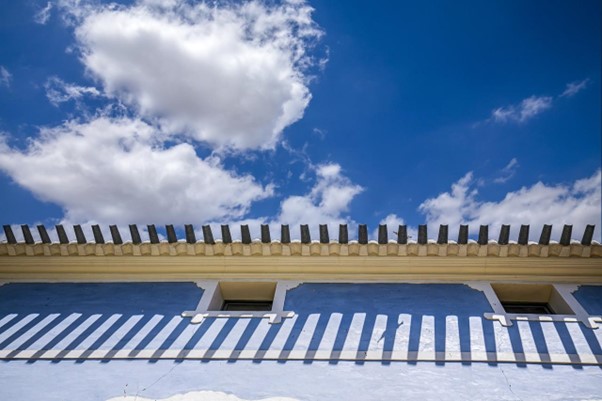A roof is one of the most crucial components of your home, providing essential protection against the elements and contributing to the overall structural integrity of your house. However, roofs are not designed to last forever. Over time, exposure to weather conditions, aging materials, and other factors can cause significant wear and tear. Identifying the signs that your roof needs replacement before it leads to costly repairs or further damage is essential for maintaining a safe and functional home. Here are some clear indicators that it might be time to consider a roof replacement.
Visible Damage and Wear
One of the most apparent signs that your roof needs replacing is visible damage. Start by inspecting your roof from the ground with binoculars or, if possible, from a safe vantage point like a ladder. Look for missing, cracked, or curled shingles, which can compromise your roof’s ability to protect your home. Shingles that are granule-free, especially around the gutters, suggest that your roof is deteriorating. In addition to shingle issues, check for any sagging areas, which may indicate structural problems or underlying water damage. Roof damage can often be subtle, so be thorough in your inspection to catch any signs of deterioration early.
Persistent Leaks and Water Damage
Persistent leaks are a serious red flag that your roof may need replacement. If you notice water stains on your ceiling or walls, or if you experience dripping during rain, these issues are not just cosmetic—they indicate that your roof is failing to provide adequate protection. Leaks can lead to significant interior damage, including mold growth and structural weakening, which can be costly to address if not handled promptly. Even if your leaks seem minor, they can be a sign of a larger problem with your roof’s integrity. Regularly inspecting your attic for signs of moisture or daylight coming through can help identify problems before they escalate.
Age of the Roof
The age of your roof is a critical factor in determining whether it needs replacing. Most roofing materials have a lifespan ranging from 20 to 30 years. If your roof is approaching or has exceeded this age, it’s wise to start planning for a replacement, even if there are no obvious signs of damage. Older roofs may not show visible wear immediately but could be vulnerable to failure due to age-related deterioration. Additionally, newer roofing technologies and materials have advanced significantly, offering better durability and energy efficiency. Investing in a new roof can provide long-term benefits and improve the overall value of your home.
Professional Assessment by a Roofing Company
Even if you notice some of the signs mentioned, it’s essential to consult with a professional roofing company to get an expert assessment. A roofing company can provide a thorough inspection and offer a detailed report on the condition of your roof. They have the expertise to identify issues that might not be visible to the untrained eye, such as damage to underlayment or hidden structural problems. Additionally, a roofing company can advise on the most suitable materials and solutions for your specific needs, ensuring that you make an informed decision about replacing your roof. Engaging with professionals can help you avoid unnecessary repairs and ensure that the replacement process is handled efficiently and effectively.
Increased Energy Bills
Another sign that your roof might need replacement is a noticeable increase in your energy bills. As your roof ages and deteriorates, it can become less effective at insulating your home. This inefficiency can lead to higher heating and cooling costs as your HVAC system works harder to maintain a comfortable temperature. If you’ve observed a significant rise in your energy bills despite regular maintenance and servicing of your HVAC system, it could be a sign that your roof is no longer performing optimally. Replacing an aging roof with modern, energy-efficient materials can help lower your utility bills and improve your home’s overall energy efficiency.
Moss and Algae Growth
Moss and algae growth on your roof can be more than just a cosmetic issue; they can signal underlying problems with your roofing system. While some level of moss and algae is common, excessive growth can indicate moisture retention, which might be due to poor ventilation or damaged shingles. Moss and algae can trap moisture against your roof, leading to faster deterioration of roofing materials and potential leaks. If you notice significant moss or algae growth, it’s worth having a roofing company evaluate the extent of the problem and determine whether a roof replacement is necessary to prevent further damage.

Identifying the signs that it’s time to replace your roof is crucial for avoiding costly repairs and ensuring the longevity of your home. From visible damage and persistent leaks to the age of your roof and issues like increased energy bills and moss growth, paying attention to these indicators can help you make timely decisions. Consulting with a professional roofing company can provide valuable insights and ensure that you address any roofing problems effectively. By staying proactive and informed, you can protect your home and invest in a new roof that offers enhanced durability and efficiency.

Recent Comments